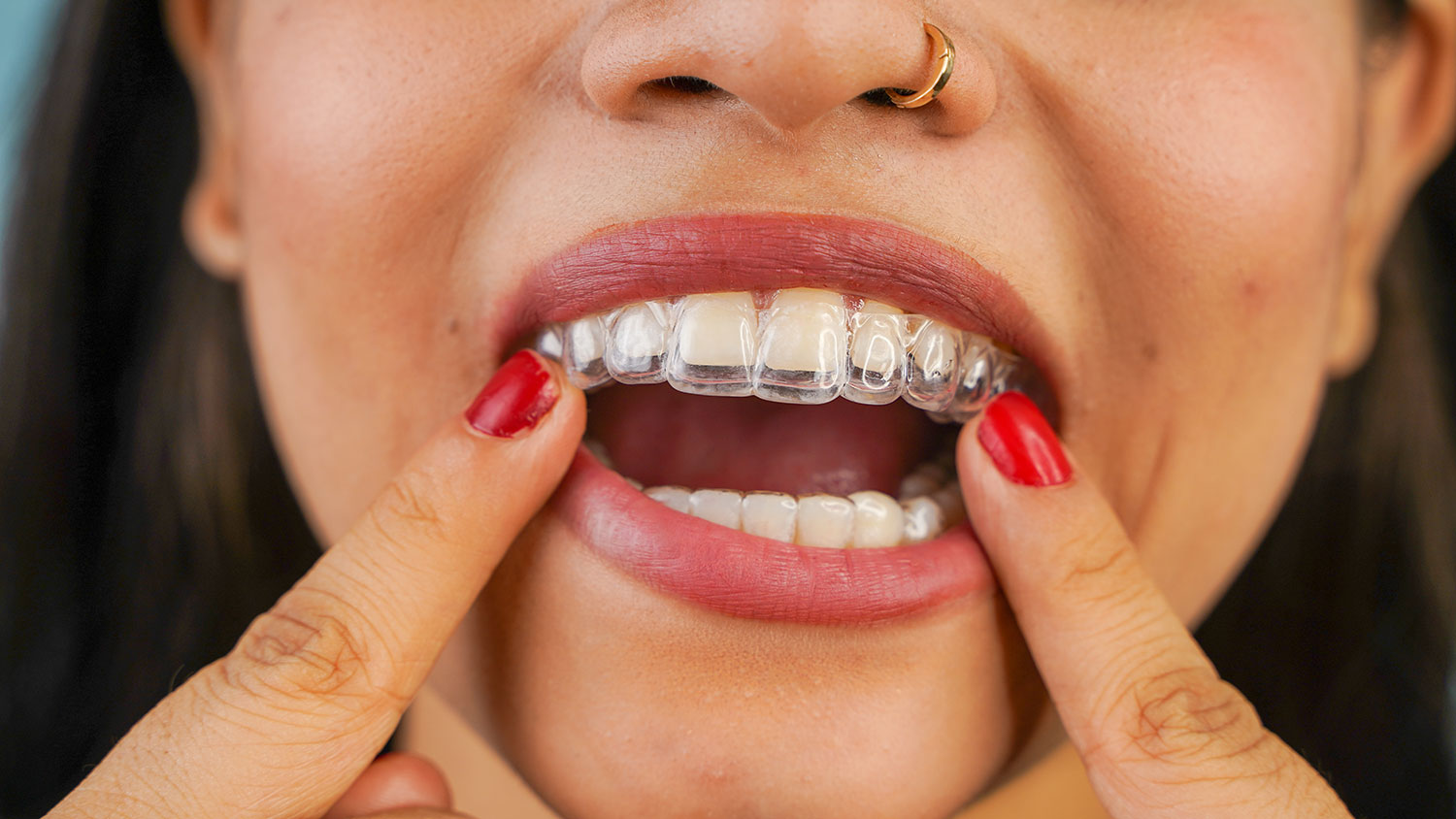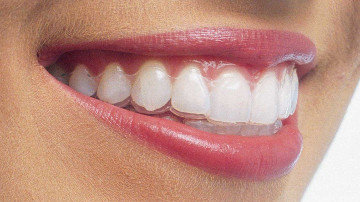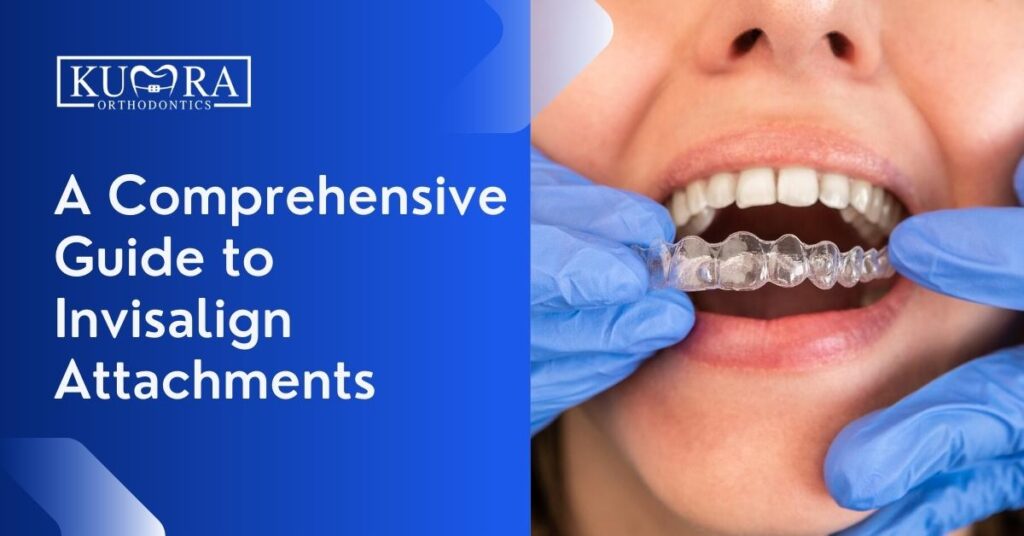The Price of Invisalign: Recognizing the Investment in Your Smile
The Price of Invisalign: Recognizing the Investment in Your Smile
Blog Article
Invisalign vs. Traditional Braces: Which Alternative Is Right for You?
When thinking about orthodontic therapy, the choice between Invisalign and typical braces provides numerous vital elements that merit cautious analysis. Invisalign offers a discreet option with detachable aligners, while conventional braces give an extra visible yet efficient remedy for severe misalignment. Each alternative encompasses unique advantages and drawbacks connected to appearances, comfort, treatment period, and cost. Comprehending these nuances is critical for making an informed decision that lines up with your individual preferences and way of life. The inquiry remains: which option will finest satisfy your orthodontic requirements and expectations?
Summary of Treatment Alternatives

On the other hand, conventional braces contain metal braces and cables that are bonded to the teeth. This method uses continuous pressure with time to accomplish alignment. While reliable for complex orthodontic problems, conventional dental braces need normal check outs for adjustments and can position obstacles in preserving oral hygiene due to the trouble of cleaning about braces and cables.
Both options have their qualities, and the option frequently depends upon details dental problems, way of life choices, and client conformity. Ultimately, consulting an orthodontic expert is important for determining one of the most ideal therapy strategy customized to specific demands. Recognizing the subtleties of each choice can significantly affect the total success of orthodontic treatment.
Visual Factors To Consider
A substantial variable affecting the selection in between Invisalign and standard dental braces is the visual charm each treatment provides. Invisalign aligners are crafted from clear plastic, making them essentially undetectable when used. This discreet look is specifically interesting grownups and teens that might feel uncomfortable regarding their orthodontic treatment. The ability to preserve a natural smile throughout the positioning process can considerably improve the client's confidence in professional and social settings.
On the other hand, traditional dental braces are composed of steel braces and cords, which can be extra recognizable. While innovations in orthodontic technology have actually resulted in the advancement of smaller braces and tinted elastics, typical dental braces still keep a more noticeable profile. For some people, the presence of dental braces might prevent them from seeking required treatment.
Inevitably, the selection between Invisalign and traditional braces may depend upon individual choices relating to aesthetics. Clients that focus on discernment usually favor Invisalign, while those who are much less worried about exposure might opt for standard dental braces. Recognizing the aesthetic implications of each choice is crucial for making a notified choice that straightens with one's way of living and preferences.
Comfort and Convenience

In regards to convenience, Invisalign aligners are removable, enabling patients to enjoy their favorite foods without restriction and keep ideal oral hygiene. Cleaning and flossing are streamlined, as the aligners can be secured throughout these routines, whereas traditional braces call for mindful steering around braces and cables.
In contrast, typical braces require regular modifications, making them learn this here now much less practical for those with busy routines. Overall, the convenience and ease of Invisalign make it an appealing option for many individuals looking for orthodontic therapy.
Treatment Period and Effectiveness
While both Invisalign and typical braces work in correcting dental imbalances, the period of check it out therapy can vary substantially in between the two choices. Generally, Invisalign treatment can take anywhere from 12 to 18 months, depending upon the intricacy of the instance. The clear aligners function by gradually shifting teeth into their preferred settings, and routine follow-ups with an orthodontist assistance make certain progress remains on track.
In contrast, conventional braces commonly call for a longer dedication, generally varying from 18 months to 3 years. This results from their set nature and using brackets and cables, which can be much more efficient for serious misalignments and complex situations (Invisalign). The treatment performance of standard dental braces is well-documented, as they allow for accurate changes and better control over tooth motion
Eventually, the selection in between Invisalign and traditional dental braces may rest on both the anticipated therapy period and the particular oral concerns at hand. Consulting with an orthodontist is vital, as they can offer customized referrals based on individual needs, making certain the picked method lines up with preferred timeframes and outcomes.
Price Comparison and Insurance Policy Options
Cost plays a substantial role in the decision-making process for individuals taking into consideration orthodontic therapy, whether selecting Invisalign or traditional dental braces. Usually, the expense of Invisalign arrays from $3,000 to $8,000, while conventional braces commonly set you back between $2,000 and $6,000. Elements affecting these expenses consist of the intricacy of the instance, the period of therapy, and geographical place.
Many dental insurance coverage strategies offer partial insurance coverage for orthodontic treatments, however the Going Here specifics can differ widely. Normally, traditional braces may be a lot more frequently covered by insurance coverage strategies compared to Invisalign, which some insurance companies classify as a cosmetic treatment.
Additionally, a number of orthodontic techniques supply flexible layaway plan, making both therapy options extra accessible. Patients must make inquiries about potential funding alternatives and price cuts for upfront settlements. Examining the complete cost, consisting of insurance advantages and layaway plan, is necessary for making an informed choice that aligns with both visual preferences and spending plan considerations.

Verdict
In summary, the option in between Invisalign and conventional dental braces depends upon numerous factors, including visual preferences, convenience, therapy period, and price. Invisalign provides a very discreet, removable choice that promotes oral hygiene and nutritional flexibility, while conventional dental braces might be more suitable for complicated dental problems and usually come at a lower cost factor. Ultimately, assessment with an orthodontist is essential to assess individual scenarios and figure out the most suitable treatment choice for attaining ideal oral placement.
When thinking about orthodontic therapy, the option in between Invisalign and conventional dental braces provides numerous crucial factors that warrant careful analysis.Comparing Invisalign and traditional dental braces reveals unique treatment alternatives for orthodontic adjustment.While both Invisalign and typical braces are efficient in dealing with dental imbalances, the duration of therapy can differ substantially between the 2 alternatives.Expense plays a significant function in the decision-making procedure for individuals thinking about orthodontic therapy, whether opting for Invisalign or standard dental braces.In summary, the selection between Invisalign and standard dental braces hinges on several factors, consisting of aesthetic choices, comfort, therapy duration, and expense.
Report this page